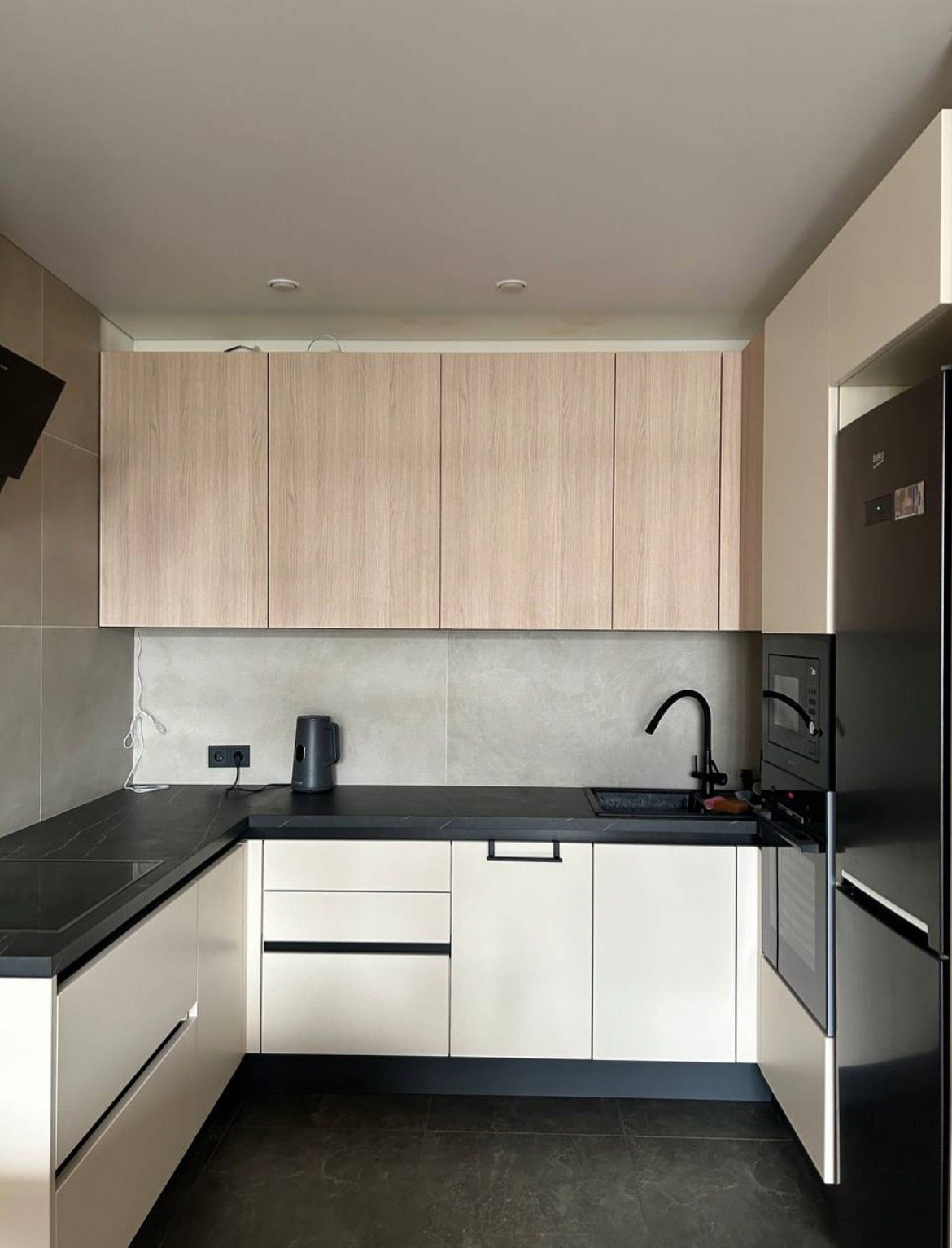
Introduction to Crafting Your Dream Kitchen
Creating your dream kitchen is an exciting endeavor that can breathe new life into your home. It's a place where functionality meets personal style, where every appliance, countertop, and cabinet can be a reflection of your personality and lifestyle needs. Whether you're a seasoned home chef or simply enjoy the aesthetics of a beautiful kitchen, the process of crafting your dream kitchen should be a delightful journey that leads to a space you love to live in.
Understanding Your Needs and Preferences
Before diving into the design process, it's essential to understand what you need and want from your kitchen. Start by assessing your cooking habits, storage requirements, and the number of people the space typically needs to accommodate. Consider the types of appliances you prefer, whether you need a large pantry for food storage, and how you want the kitchen to flow with the rest of your home.
Designing Your Layout
Once you have a clear idea of your kitchen's requirements, the next step is to design the layout. Kitchen layouts typically include the U-shape, L-shape, galley, or open-plan. Each has its advantages and can be tailored to fit the size of your kitchen space. Think about the placement of the sink, refrigerator, and stove to create an efficient "work triangle" that makes cooking and cleaning as intuitive and enjoyable as possible.
Choosing Your Style
The aesthetic of your kitchen should reflect the style that speaks to you. Are you drawn to modern and sleek, cozy and rustic, or classic and elegant designs? Your choice of cabinetry, backsplash, countertops, and flooring will all contribute to the overall style. It's essential to find a cohesive look that complements the rest of your house and makes you feel at home.
Selecting Materials and Appliances
With a design in mind, it's time to select the materials and appliances that will bring your dream kitchen to life. Opt for quality materials that are durable and will stand the test of time, such as granite or quartz for countertops and solid wood or high-grade MDF for cabinetry. When it comes to appliances, consider energy efficiency and choose models with features that match your cooking and lifestyle needs. Don't forget to include lighting in your material considerations, as it sets the mood and enhances the functionality of the space.
Planning Your Budget
As with any home renovation project, it's important to set a realistic budget for your kitchen makeover. Allocate funds for each aspect of the project, including labor, materials, appliances, and a contingency for unexpected costs. It can be helpful to work with a designer or contractor to ensure you're making the most of your budget while still achieving the look and functionality you desire.
Executing the Renovation
Bringing your kitchen plan to life will involve hiring contractors, scheduling the work, and potentially living without a fully functional kitchen for a while. Ensure you have a solid plan in place for meal preparation and household routine during this phase. Communication with your contractor is key; make sure you're available to make decisions and address any issues that may arise during the construction process.
The Finishing Touches
Once the major work is complete, it's time for the finishing touches. Select hardware, fixtures, and decorations that complement your new kitchen. Consider adding personal elements like a chalkboard for family notes or a display shelf for your favorite cookbooks or glassware. These details make the kitchen uniquely yours and complete the transformation into your dream space.
Conclusion
Crafting your dream kitchen is a detailed process that involves careful planning, design, and execution. By taking the time to consider your needs, design a functional layout, choose the right materials and stick to a budget, you can create a kitchen that is both beautiful and practical. With patience and attention to detail, you will be able to enjoy the heart of your home for many years to come.